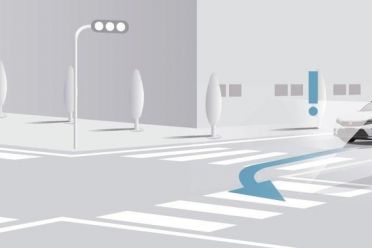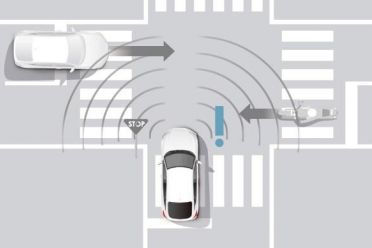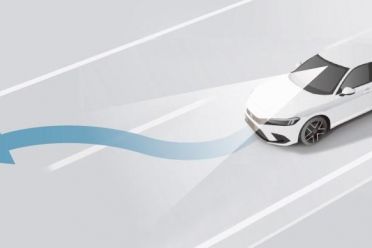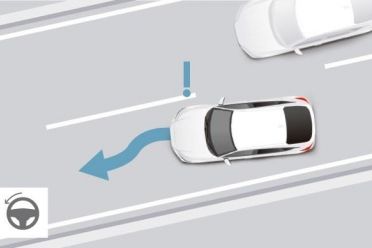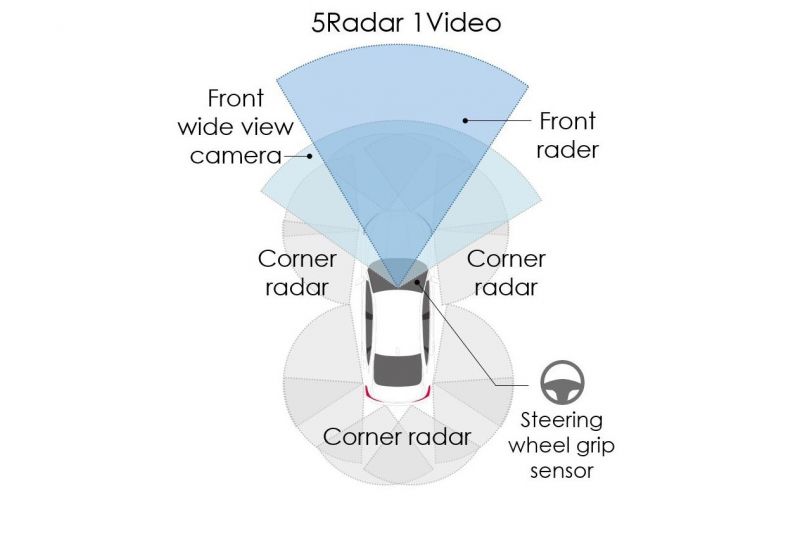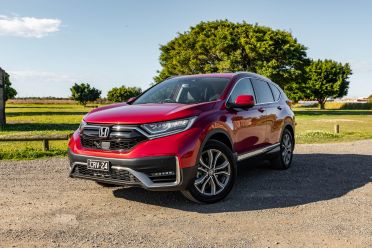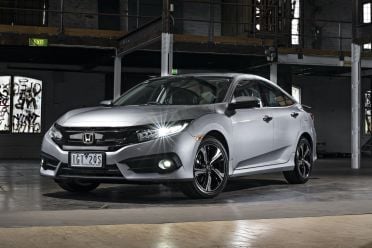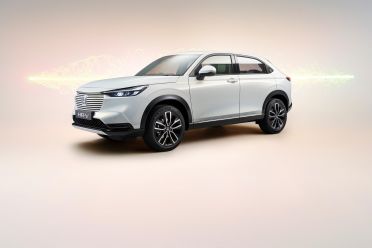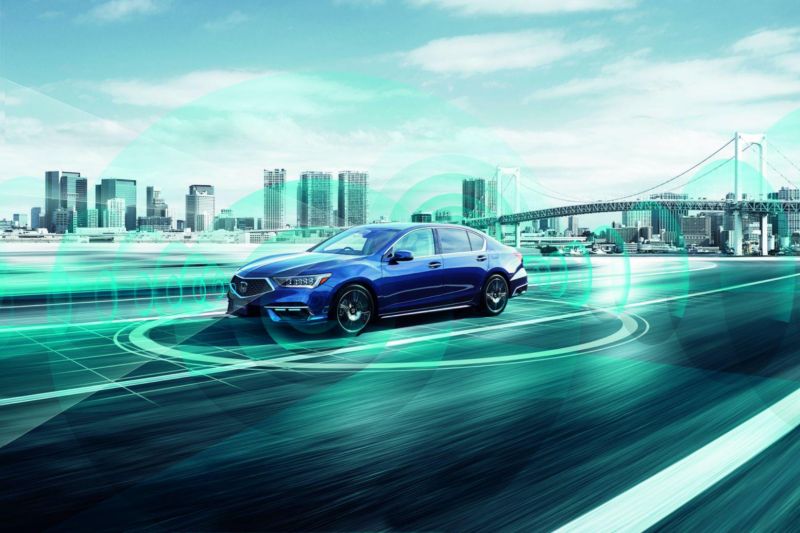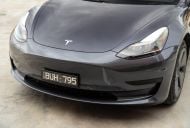Honda has revealed a new suite of active safety technology that will proliferate through its global range.
Called Sensing 360, the suite will first become available in China, the brand’s largest market, in 2022.
Honda says it will then expand availability globally and “will strive to expand the application to all models to go on sale in all major markets by 2030”.
Sensing 360 builds on the current Sensing suite with five millimetre-wave radar on the front of the vehicle and at each corner, in addition to the Sensing system’s monocular camera.
Honda’s Collision Mitigation Braking System, their term for autonomous emergency braking, will gain a junction assist feature.
This means the system will detect other vehicles or pedestrians when making a left or right turn at an intersection.
Front cross-traffic alert will warn you if, while driving at a low speed or pulling out from an intersection, it detects you’ll cross the path of a vehicle coming from the sides or front.
A new Lane Change Collision Mitigation feature works as a blind-spot assist by intervening with the steering should it detect you’re veering into the path of a vehicle in another lane approaching from behind.
Honda’s adaptive cruise control will also gain cornering speed assist, which will use the front camera to detect curves in the road and adjust the speed to ensure smooth cornering.
A new Active Lane Change Assist feature will work when the adaptive cruise control and lane-keep assist are activated.
When “certain conditions are satisfied”, the feature will assist with steering into another lane once you turn on your indicator.
The introduction of Sensing 360 will give Honda one of the most comprehensive safety suites of a mainstream brand.
Hyundai and Kia are arguably the benchmark at this end of the market, offering features on a wide range of models like AEB with junction assist, lane-following assist, and blind-spot assist and rear cross-traffic assist features that apply the brakes if they detect you’ll veer into another car’s path.
Honda’s current Sensing suite comprises AEB, adaptive cruise control with stop/go, and two lane assist features: one that provides gentle corrections to keep you in your lane, and another that more forcefully intervenes.
Some Honda models also include rear cross-traffic alert and LaneWatch, a camera-based blind-spot system that projects footage from your blind spot on the central touchscreen.
However, the Sensing suite isn’t standard across the current local range. The current Civic and CR-V, for example, lack even AEB in their base grades, while rear cross-traffic alert is only available in a small number of Honda models.
We expect new Honda models, such as the redesigned Civic due later in 2021 and the next-generation HR-V due in 2022, to include more standard safety equipment.
Honda says the new Civic now uses a single camera for its Honda Sensing system instead of a radar-and-camera setup.
The company says, however, software advances and a more powerful processor make it work better than before.
The introduction of Sensing 360 is part of Honda’s goal of zero traffic collision fatalities with its cars and motorcycles by 2050.
The company says its work on Level 3 autonomous driving technology has helped with the development of Sensing 360.
Honda debuted its Traffic Jam Pilot feature for the Japanese-market Legend, which will end production in 2021.
This controls acceleration, braking and steering under certain conditions, and allows the driver to take their eyes off the road.

